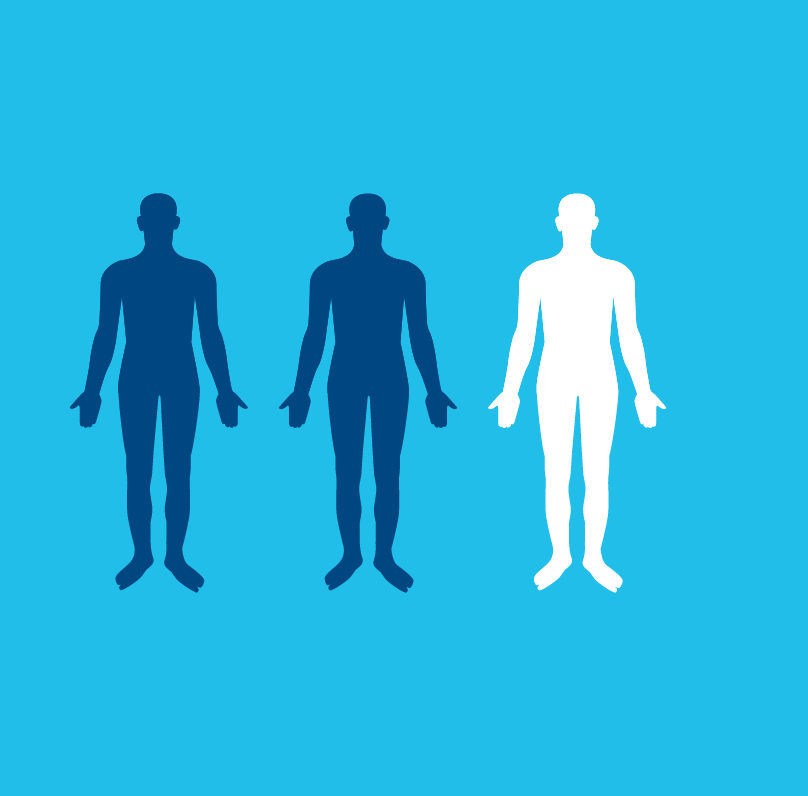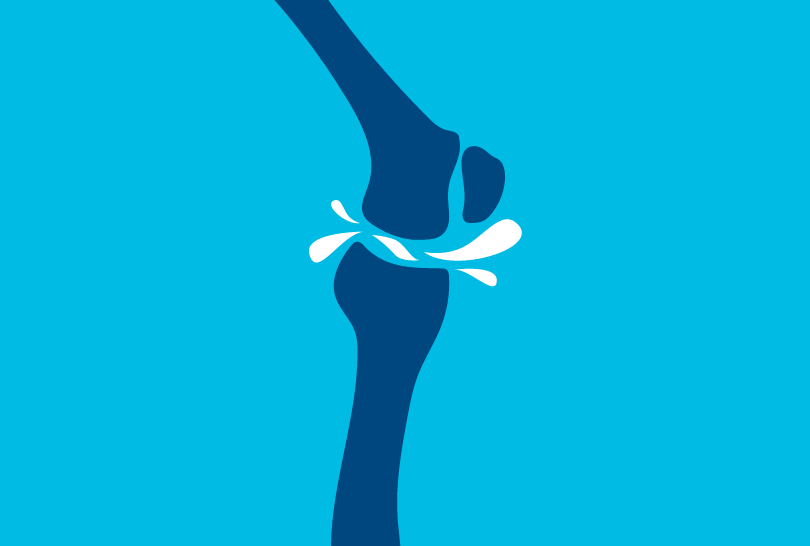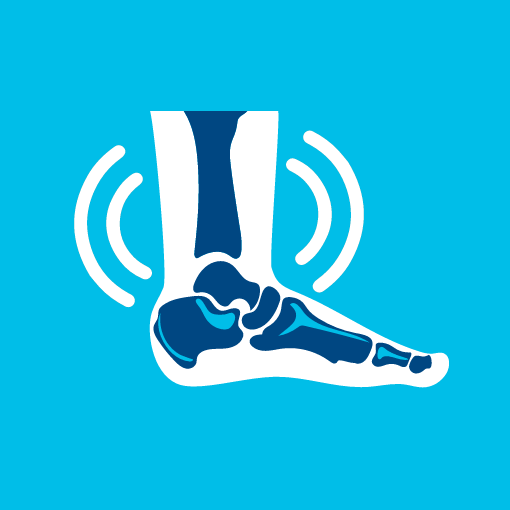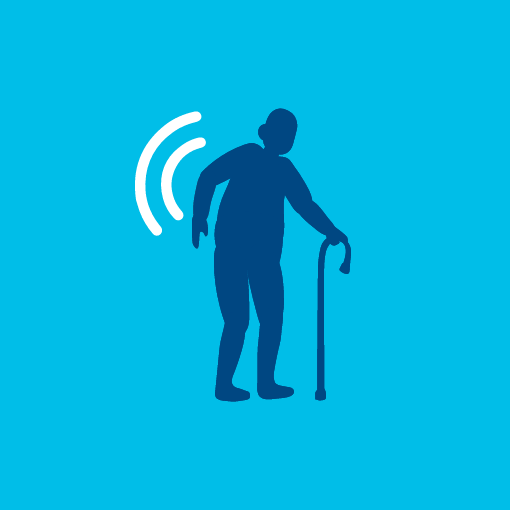Poor joint health restricts life1
Prophylaxis with SHL FVIII therapies has improved outcomes for many people with haemophilia. However, up to 50% of people with haemophilia still develop joint disease, despite having access to SHL FVIII prophylaxis since childhood.2
Joint disease is the largest cause of morbidity in people with haemophilia, negatively impacting their quality of life by causing:3

2 out of 3 patients say that joint damage and/or pain is the symptom with the largest impact on their quality of life.4
Many factors contribute to joint disease
Key factors that contribute to the development of joint disease in your patients include:

Clinical bleeds3,5
Even a single joint bleed can have a long-term impact.
Joint bleeds can trigger a vicious cycle of repeat bleeding, leading to synovitis, cartilage damage and, eventually, chronic arthropathy.
Sub-clinical bleeds5-7
Objective measures, such as MRI and ultrasound, can be used to detect damage from sub-clinical bleeds.
Accumulation of iron in joints from sub-clinical bleeds causes inflammation, which impairs joint health.


Lack of physical activity5,8–10
Exercise is necessary to maintain joint health, increase joint stability and improve range of motion, but 90% of people with haemophilia say their physical activity is limited.
To improve long-term joint health, treatment should provide prevention and resolution of all bleeds.5
References
1. Pasi J, et al. Ther Adv Hematol 2022;13:1–9. 2. Wyseure T, et al. Semin Hematol 2016;53(1):10–19. 3. Knobe K, Berntorp E. J Comorb 2011;1: 51–59. 4. Center for Biologics Evaluation and Research U.S. Food and Drug Administration 2016. Available at: https://www.fda.gov/media/99237/download. Accessed December 2022. 5. Srivastava A, et al. Haemophilia 2020;26(6):1–158. 6. Manco-Johnson MJ, et al. N Engl J Med 2007;375(6):535–544. 7. Gooding R, et al. J Blood Med 2021;1:2:200–220. 8. Skinner M, et al. Haemophilia 2020;26(1):17–24. 9. Wagner WK, et al. Wien Klin Wochenschr 2019;131:21:558–566. 10. Wang M, et al. Blood Coagul Fibrinolysis 2016;27:737–744. 11. Nolan B, et al. Haemophilia 2020;26(3):494–502.





